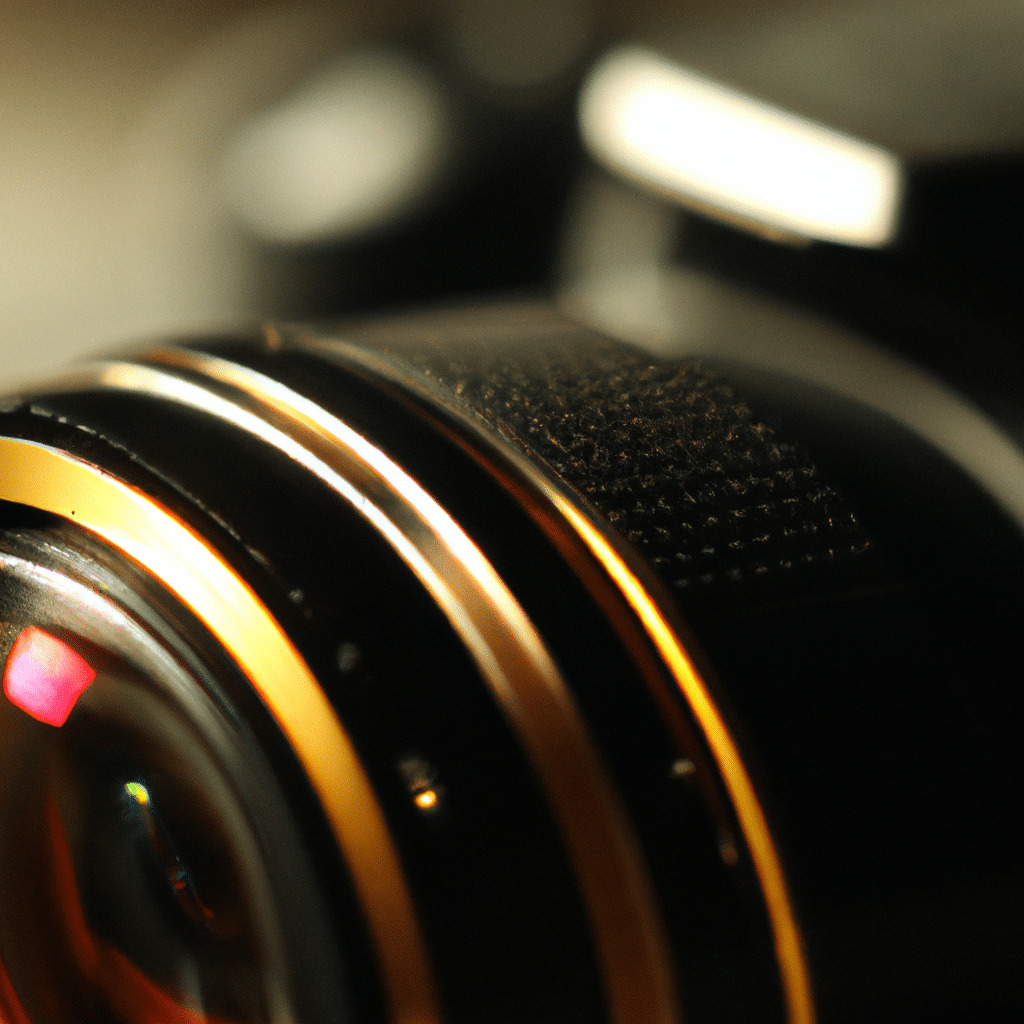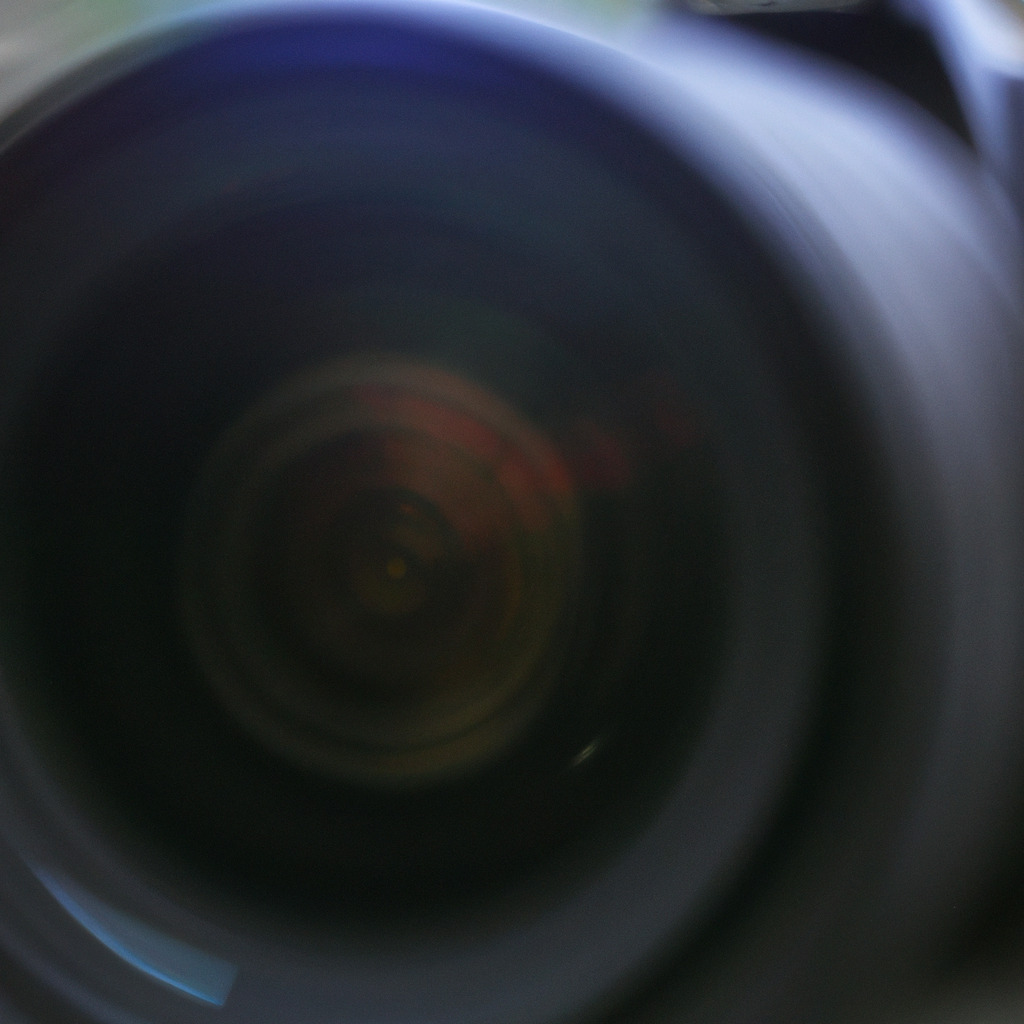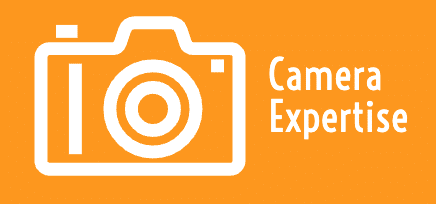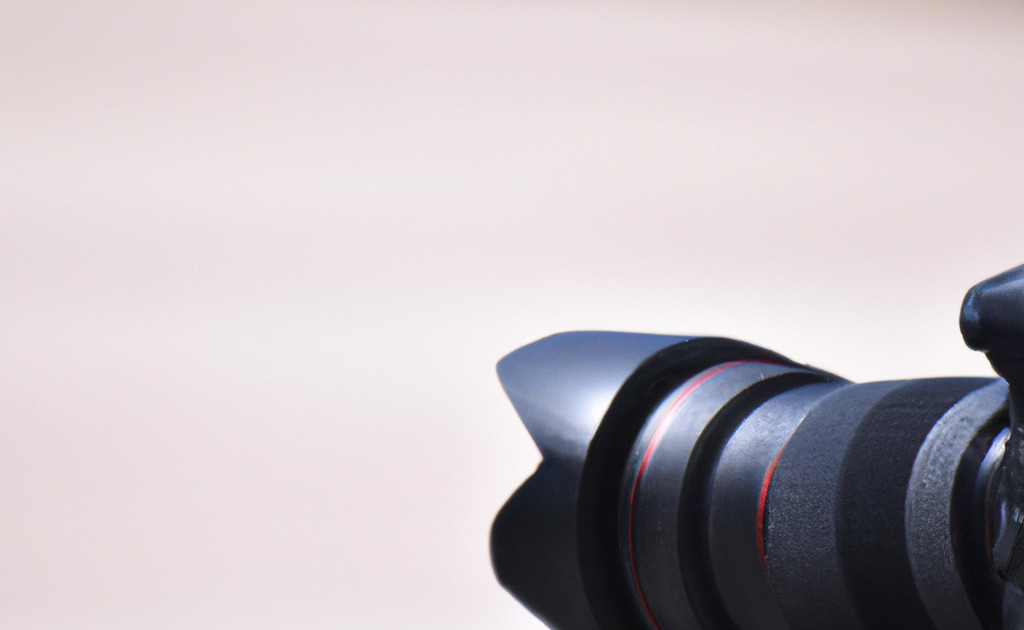Mastering Lens Distortion: 10 Techniques to Perfect Your Photography
Discover the secrets to capturing stunning images with camera lenses. In this article, we will delve into the fascinating world of lens distortion and correction techniques. Whether you’re a seasoned professional or an amateur photographer, understanding how to minimize lens distortion can take your photography to a whole new level.

Lens distortion can be a frustrating challenge for photographers. However, with the right techniques and tools, you can overcome this obstacle and produce high-quality, distortion-free images.
There are different types of lens distortion that can occur in photography. Barrel distortion, where straight lines appear curved outward, is a common issue with wide-angle lenses. On the other hand, pincushion distortion, where straight lines appear curved inward, is more prevalent in telephoto lenses. Understanding the type of distortion you’re dealing with is crucial in applying the appropriate correction technique.
One of the most effective ways to correct lens distortion is by using specialized software tools. Programs like Adobe Photoshop and Lightroom offer distortion correction features that can automatically adjust the image to reduce or eliminate distortion. These tools utilize algorithms to analyze the image and apply corrective measures.
Another factor to consider is your lens choice and focal length. Different lenses have varying levels of distortion. Prime lenses, for example, tend to have less distortion compared to zoom lenses. Additionally, using longer focal lengths can help minimize distortion, as it compresses the scene and reduces the prominence of distortion.
Many modern camera lenses come with lens profiles, which are pre-loaded correction settings for specific lens and camera combinations. These profiles can be applied in software programs to automatically correct lens distortion. It’s essential to ensure that your software supports the specific lens profile you’re using.
When shooting in RAW format, the camera captures all the sensor data without any in-camera processing. This provides greater flexibility in post-processing, including distortion correction. RAW files contain more image information, allowing for more precise corrections compared to JPEG files. If distortion correction is a priority in your photography, shooting in RAW is highly recommended.
In architectural photography, understanding perspective distortion is crucial. When photographing buildings, it’s common for vertical lines to appear converging inwards. To correct this, you can use tilt-shift lenses or software tools that offer perspective correction features. By adjusting the perspective, you can ensure that vertical lines remain parallel and your architectural shots look more natural.
While lens distortion is often seen as a technical issue to be fixed, it can also be used creatively to add a unique touch to your images. Fish-eye lenses, for example, intentionally exaggerate distortion to create a distorted, wide-angle effect. By embracing lens distortion, you can experiment with unconventional compositions and artistic effects.
Experimentation is key to finding the right distortion correction technique for your style. Different images may require different approaches, and it’s essential to try out various methods to see what works best. Don’t be afraid to push the boundaries and explore new possibilities in distortion correction.
In conclusion, lens distortion is a common challenge in photography, but with the right techniques and tools, you can effectively minimize or creatively utilize it. Understanding the types of distortion, utilizing software tools, considering lens choice and focal length, and experimenting with different techniques are crucial steps in mastering lens distortion. So, are you ready to take your photography to the next level by conquering lens distortion?

- Lens distortion can affect the quality of your images
- Understanding the types of lens distortion is crucial
- There are various techniques to correct lens distortion
- Software tools can assist in correcting distortions
- Lens choice and focal length can impact distortion
- Using lens profiles can help in correcting distortion
- Shoot in RAW format for better correction options
- Understanding perspective distortion is important for architectural photography
- Utilizing lens distortion creatively can add a unique touch to your images
- Experimentation is key to finding the right distortion correction technique for your style
Mastering lens distortion is essential for photographers who strive for perfection. By employing the right techniques and utilizing software tools, you can capture distortion-free images that truly showcase your subject. Remember, lens distortion doesn’t have to be a limitation; it can be a creative tool to enhance your artistic vision. So, go ahead and explore the world of lens distortion and unlock your full photographic potential.
Are you ready to transform your photography by conquering lens distortion?

